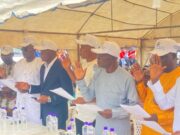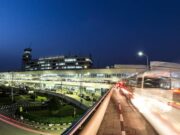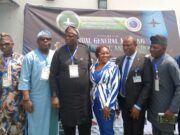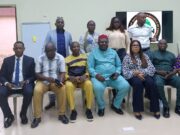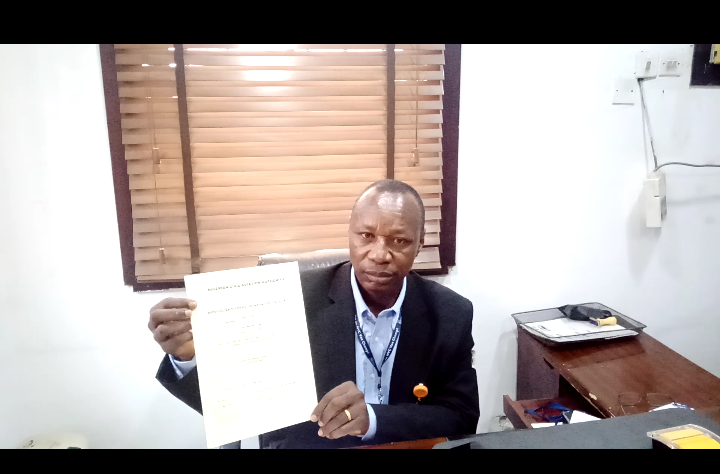The Nigeria Civil Aviation Authority, NCAA, has certificated Badus Aviation as an Aircraft Maintenance Organization, AMO with registration number AMO/5N/BGA.
The certificate was handed over to the management of the new AMO in Abuja over the weekend and signed by the Director, Airworthiness Standards, NCAA.
Badus is to commence maintenance on the Cessna, Challenger and Hawker aircraft.
The Accountable Manager/CEO, Mr. Kolade Olawale in a chat with newsmen in Lagos said, the approved manual specifies Line Maintenance from A-F on the three aircraft type.
Explaining further, Olawale said, “We have an approval for Line Maintenance in line with our manual as well as manufacturer specifications. The Line maintenance pre and post, before the aircraft takes off and the arrival of the aircraft, that is the Line maintenance which covers A-F”.
“We have Memorandum of Understanding, MoU’s with Concord, Airforce and El hangars”.
On their staff strength, the Badus Aviation boss said, as at today, they have four engineers, five technicians and other ad-hoc staff and in all 15 staff and is expected to launch into the market in a week or two.
He stated that, they went though the rigorous five phases of the certification process which took them about 16 months, saying with their aim achieved, they would be able to fulfill their mission and vision and work at being among the best AMO’s not only in Nigeria outside the country as well.
“The certification process took us about 16 months before we finally arrived at the final phase. We went through the 5 phases, one, two, three four and five and we give glory to God that today that we are able to achieve our aim and off course we thank the NCAA for the implementation of the ease of doing business, however, without that, it wouldn’t have been easy for us”.
He listed the model of the three aircraft to include, “Hawker 125, 700, 800 and 900 XP series. TFE-731-series APU and Sundstrand T62 T GTCP 36-150”.
“Challenger CL 600 (Lycoming ALF 502L, General Electric CF24-3A, APU: GTCP 36-150) CL-601 ( General Electric CF34 series, APU: GTCP 36-150), CL-604 (General Electric CF34 series, APU: GTCP38-150) CL-605( General Electric CF34 series, APU: GTCP36-150”.
Cessna 152(Lycoming O-235) CESSNA 172 (Continental 0-300 Lycoming 0-320, Lycoming 0-360) CESSNA 182 & 206 (Lycoming 0-540 series CESSNA 208 (PT 6) series only”.

Mr. Olawale disclosed that over fifty percentage of these aircraft types are in Nigeria and over a hundred in West Africa and with the Badus Aviation emergence in the country, 20% of funds spent by operators to maintain their aircraft outside the country would be saved.
He noted that, this percentage is significant because of the challenges operators are grappling with currently in accessing forex and called on owners of these aircraft types maintained by Badus Aviation to take advantage of this opportunity provided by the new AMO to save their hard earned foreign exchange.
Olawale said, the company was incorporated in 2020 with office located behind the GAT 1 in Lagos and approached the NCAA for licensing, adding that, his reasons for investing in the industry was to create employment and halt capital flight in the maintenance of these types of aircraft.
“There is a lot of opportunities in the aviation industry which we are yet to harness and I discovered overtime that a lot of our big men have aircraft of various types and usually take their aircraft out of Nigeria for maintenance and we discovered that we have a lot of indigenous engineers that are capable and well trained but they don’t have the opportunities of doing the job in Nigeria, in view of this, I decided to invest in the industry so as to create jobs, enable our Indigenous engineers to perform and to reduce the rate of moving the aircraft and jet out of Nigeria for maintenance”.




